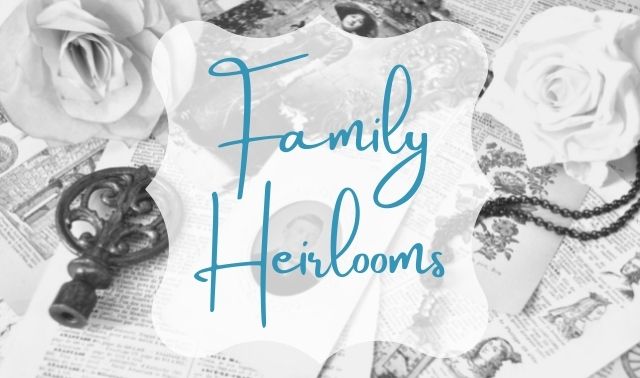Sign up for the Family Tree Newsletter! Plus, you’ll receive our 10 Essential Genealogy Research Forms PDF as a special thank you.
Get Your Free Genealogy Forms
"*" indicates required fields

1. Wear white cotton gloves when handling
When handling any textile, wear gloves or wash your hands and remove any rings or jewelry that might snag fragile fibers.
2. Inspect the garment for damage and deterioration
Cover a flat surface with a clean cotton sheet and carefully spread out the garment. Avoid bright light (ultraviolent light will cause textiles to discolor), smoke, and other environmental risks. Make note of frayed seams, loose stitching or beading that has become unattached. It’s normal for antique white gowns to now be a soft yellowish color, but brown, dry or brittle fabric is damaged and should be handled with care.
3. Make repairs
Sturdy, modern garments may need only a little stitching with a needle and thread by yourself or a local tailor. But antique gowns showing stains that have gone through to the back of the fabric need the attention of a professional conservator. Find assistance through the American Institute for Conservation.
4. Hang for short-term use
If the garment was carefully stored and remains in relatively good condition, it may only need a careful airing before being worn again. Wrap a thick layer of polyester batting around a sturdy wooden suit hanger to cushion the garment. Cover the batting with muslin or a clean cotton pillowcase and gently slide the garment on to the hanger. Suspend from a sturdy rod away from heat, light and moisture to air and loosen any folds. (Note: Do not leave hanging in an open room for long-term storage.)
5. Clean before storing
Cleaning will keep the fabric from deteriorating from body oils, odors and other tidbits that attract pests. Many dry cleaners offer special cleaning and storage bags (typically linen, cotton or Tyvek material that’s suitable for long-term archival storage). Never store your heirloom clothing in plastic, since gasses inside can cause permanent damage.
6. Select the best supplies for long-term storage
To store clothing in archival garment bags, hang the bag in a well-ventilated area inside your home where the temperature and humidity are consistent, cool (65–70°F) and relatively dry. A roomy coat closet with
a sturdy rod is a good option. However, some fragile wedding gowns, silk gloves or fancy dress wear are better stored in an acid-free garment box that provides additional protection from handling and light. Use acid-free tissue to cushion folds and to provide support inside sleeves or bodices. Find archival storage containers at Gaylord Archival.
7. Store wedding accessories separately
Look for special acid-free hatboxes to house vintage headgear, gloves, veils or top hats. Place crumpled tissue between layers of lace or tulle, and another layer of tissue between the sides of the box and the item. Support trims and protect fabric from metal, beads or buttons with a layer of acid-free tissue between trim and fabric, if possible.



